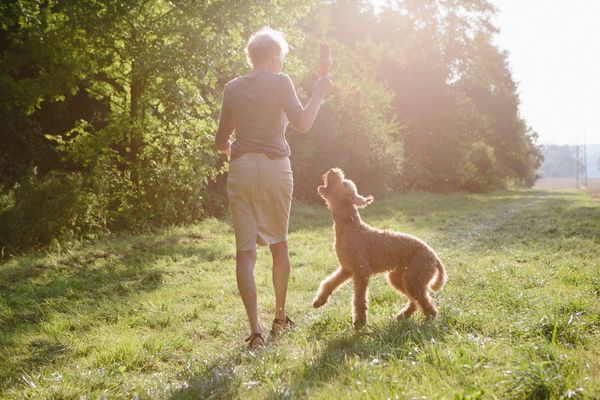This article has been archived. We will no longer be updating it. For our most up-to-date information, please visit our bone health information here.
A diagnosis of osteopenia or osteoporosis is not a death sentence. Rather, it's a warning that you have to pay more attention to your lifestyle habits and your surroundings. For women don't die from osteoporosis; instead, they die from complications related to the fractures that occur with severe osteoporosis.
If you haven't already, start learning as much as you can about how to improve bone health through exercise and nutrition. Ask your health care professional for guidance. I want to talk to you about the kind of changes you should make in your environment to protect yourself from falls and those life-threatening fractures.
Your Home
The U.S. Centers for Disease Control and Prevention estimates that 60 percent of fatal falls in older adults occur in the home. Make sure you don't stumble into that category by checking the following:
- Stairways. Make sure they are well-lighted and don't have any loose boards or carpet on them that could cause you to trip. Install handrails on both sides of the stairs.
- Bathrooms. Install grab bars on the walls around the tub, make sure you have a non-skid rug on the floor and use a rubber mat or adhesive strips to prevent falls in the shower. Also make sure it's well-lighted, and add a night light for extra security when you get up at night.
- Bedrooms. Put a lamp and flashlight near your bed, keep the floor clear of clutter and make sure you have a clear route to the bathroom.
- Living areas. Make sure throw rugs are tacked or taped down securely. Keep pathways clear of electrical wires and loose objects that could trip you. And don't use chairs or stools to stand on to reach high places.
Your Lifestyle
- Exercise. Although physical activity is critical for bone strength and development, it's just as important in maintaining strong muscle, flexibility and balance, all of which will help prevent falls. Try to avoid activities that require twisting your spine or bending forward from the waist, such as regular sit-ups, toe touches, or swinging a golf club.
- Posture. Sit and stand tall, avoiding any slouching when you're standing, walking or sitting at a desk. Instead, keep your head erect and your eyes forward. Lift your breastbone and keep your shoulders back, lightly "pinching" your shoulder blades. Tighten your abdominal muscles and buttocks. Also make sure you bend from the hips and bones, not the waist, especially when lifting. And, to quote an old cowboy: don't make any sudden moves. It might throw you off balance.
- Shoes. Choose shoes with rough or rubber soles, not slippery or smooth ones.
- Hip pads. One of the best tools for reducing hip fractures is hip protectors, kind of like helmets for hips. Clinical trials find these padded undergarments (pads on the hips, of course) are 95 percent effective at preventing hip fractures during falls. The brand used most often in most clinical trials is Hip Saver, available at www.hipsaver.com, or by calling 800-358-4477.
Getting Enough Calcium and Vitamin D
So the last time you drank a glass of milk Jimmy Carter was in the White House. Never fear; you can get your calcium from other sources, both supplements and food. The "best" supplement is the one that meets your needs based on tolerance, convenience, cost and availability. In general, choose brand name supplements with known reliability. And take your calcium throughout the day in doses of 500 mg or less; your body will absorb it better.
Good Sources of Dietary Calcium | |
Source | Amount of Calcium |
| One, 8-ounce serving of yogurt |
300 mg*
|
| 1 1/2 cup of part-skim ricotta cheese |
337 mg
|
| 3.75 oz. canned sardines, including bones |
351 mg
|
| One cup cooked collard greens |
226 mg
|
| 1/2 cup tofu (bean curd), with calcium |
434 mg
|
| One cup dried figs |
287 mg
|
| *in most commercial brands | |
Get creative! Sprinkle half a cup of diced figs over your yogurt and, if you're an adult, you'll meet more than half your daily calcium needs right there! Other ways to increase the calcium in your food is by adding nonfat powdered milk to soups, casseroles and drinks; buying juices, cereals, breads and rice fortified with calcium; and drinking bottled water with calcium.







